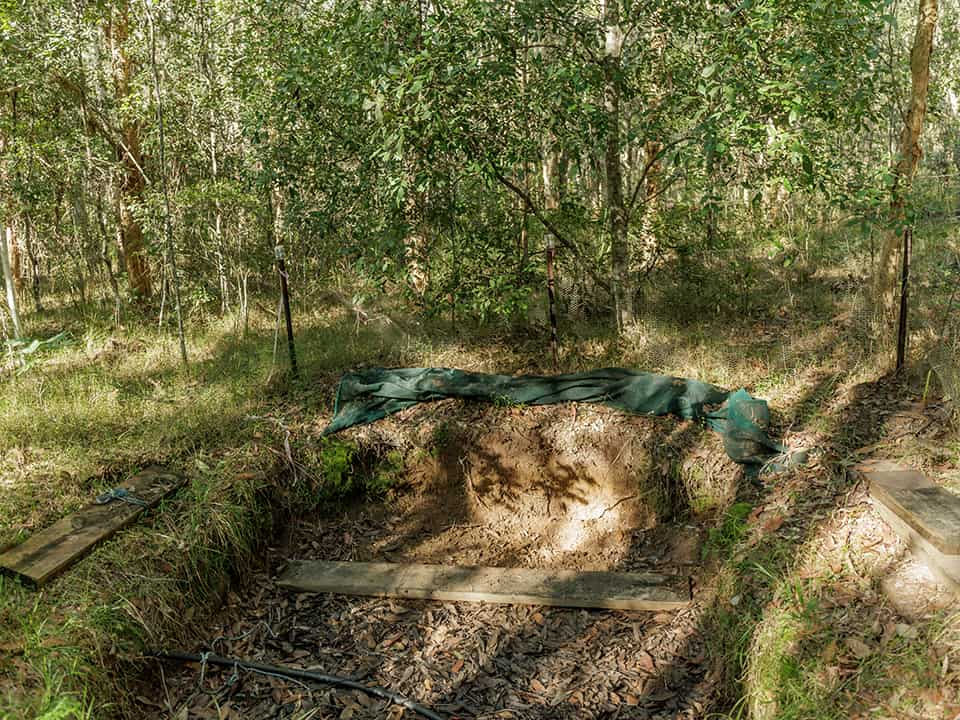What are soil horizons?
Soil forms in defined layers, known as horizons. These layers differ in physical and chemical characteristics. Most soils have three major horizons: a top layer of mineral soil with organic matter, a clay layer and a rock layer.
How are soils classified?
Soils are classified by structure, texture and colour.
Structure
Structure is the way that soil particles group together to form soil aggregates (peds). Peds can be weakly, moderately or strongly formed and differ in size and shape.
Texture
Texture is the proportion of sand, silt and clay-sized particles in the soil. Soil texture affects things like the amount of nutrients in the soil and its water holding capacity. Students conduct ribbon tests in the field to estimate soil texture.
Colour
Colour can tell us a lot about a soil and is often the most obvious soil property to distinguish horizons. For example, iron compounds in different states hydration can be a major colouring agent of soil. If a soil is wetter than iron compounds may be grey with a blue tinge (can indicate poor drainage). When drier, the iron oxidises, and the colour becomes more reddish. Organic matter in soil is also brown/black.
Why do we need to classify soils?
Soil classification helps us to predict the fertility, nutrient content and water-holding capacity of soils.
- For agriculture, this determines what kinds of crops will grow and how much water and fertiliser is needed.
- Soil classification is also essential in civil engineering when designing foundations, roads and structures. Different soils have different stability and load-bearing capacity, which means knowing the soil type is crucial for making decisions around construction.
